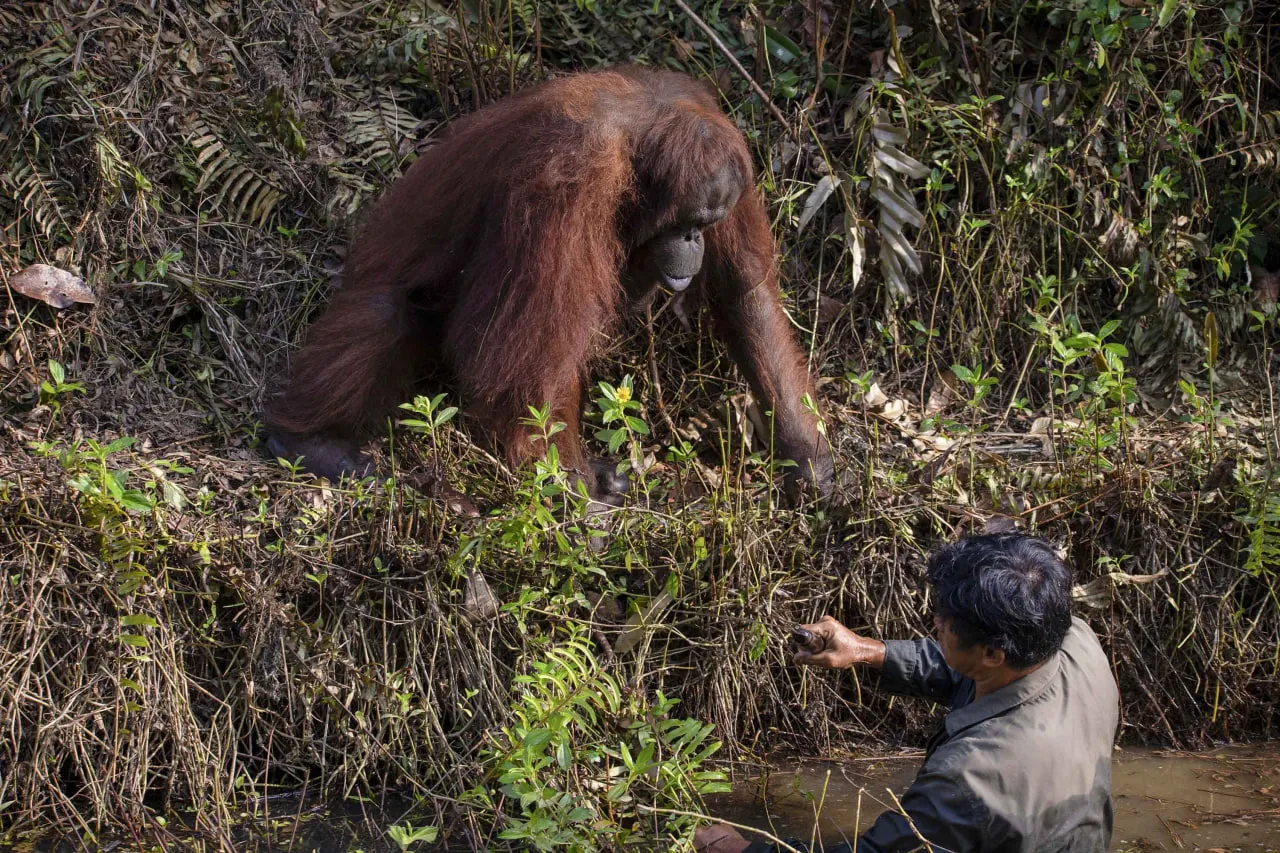Daniel and David Omeron are a pair of identical twins born in Lagos, Nigeria, who captured attention for a remarkable reason: despite being twins, their appearances are strikingly different. Daniel has the typical dark skin and curly hair common among their family, while David, his twin brother, was born with pure white skin and golden hair, a condition known as albinism. This means that David lacks melanin, the pigment responsible for color in skin, hair, and eyes. Their mother, Stacy, a fashion designer, admits that even she was shocked when the twins were born. She recalls that Daniel arrived first, and the medical staff told her the second baby had golden hair, which left her puzzled until she saw David’s entirely white complexion. The uniqueness of their differing appearances has made them local celebrities in Lagos. When they go out, they draw a lot of curious stares and questions, often causing people to ask Stacy which child belongs to her, to which she proudly replies both are hers. The twins’ distinct looks have attracted not only public fascination but also the interest of medical professionals, who photographed the newborns due to their rarity. Daniel and David’s story is one of those extraordinary cases that highlight the diversity and wonder of human genetics.
Stacy shares vivid memories of the moment she first laid eyes on her twins, Daniel and David, born on February 26th via cesarean section. She admits she was completely unprepared for the surprise of their different skin tones. Daniel came first, and when the nurse mentioned the second baby had golden hair, Stacy was baffled. Upon looking, she found David wrapped entirely in white. She quickly called her husband to witness this extraordinary sight, and both were amazed and felt truly blessed by the miracle before them. The twins’ contrasting features sparked curiosity not only among strangers but also among hospital staff. Nurses and doctors gathered around to photograph the boys, as such a phenomenon was rare, especially in Nigeria. As they left the hospital after four days, Stacy was met with warm support from friends and relatives, all enamored by the unique twins. Despite their stark physical differences, Daniel and David share a close bond — a shared sense of humor and a love for playing together. Their father, Babajid, enjoys dancing with them, and the twins have become little celebrities in their community, often approached by admirers who find their story fascinating. Stacy emphasizes that she has never faced any negative judgment and proudly embraces her children exactly as they are, unaffected by skin color differences.
Albinism is a rare genetic condition that affects the production of melanin, the pigment responsible for coloring skin, hair, and eyes. Individuals with albinism have little to no melanin, which results in very light skin and hair, and often causes vision problems. David, the fair-haired twin, was diagnosed with oculocutaneous albinism, the most common form affecting the skin, hair, and eyes. People with albinism typically have pale skin that burns easily in the sun and rarely tans. Vision difficulties are common because melanin also contributes to the development of the retina. Those affected may experience conditions such as short or long-sightedness, low vision, astigmatism, photophobia (sensitivity to light), and involuntary eye movements called nystagmus. The severity of these symptoms can vary, but they usually make daily activities more challenging. Despite these lifelong challenges, albinism does not worsen over time. While it is a rare condition globally, it is particularly uncommon in African countries like Nigeria. Cases where one twin has albinism are even rarer, making Daniel and David’s story extraordinary and medically significant.
The inheritance of albinism follows specific genetic patterns, mainly autosomal recessive and, less commonly, X-linked. For a child to be born with albinism, both parents must carry and pass down the defective gene. In autosomal recessive inheritance, there is a one-in-four chance that the child will have albinism if both parents are carriers. Carriers do not show symptoms but can pass the gene to their offspring. In the X-linked form, which primarily affects the eyes, boys are more commonly affected, while girls become carriers. For families with a history of albinism, genetic counseling is highly recommended. Genetic counselors provide valuable information and support, helping parents understand the condition, its inheritance, and the chances of passing it to their children. While albinism is lifelong, it does not worsen with age, and affected individuals can lead fulfilling lives with proper care and support. Stacy’s story, along with expert insights, helps raise awareness about this rare condition and encourages understanding and acceptance within communities worldwide.



